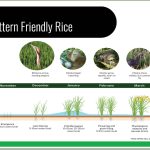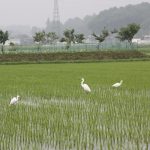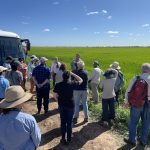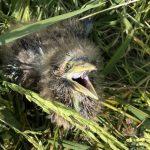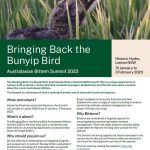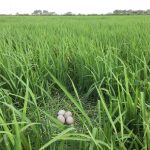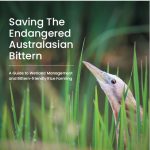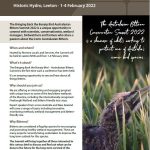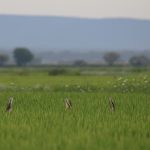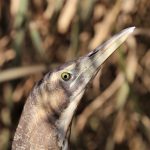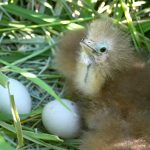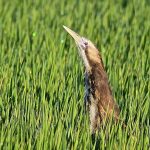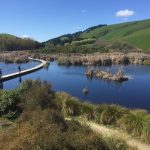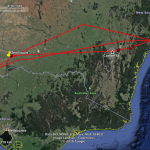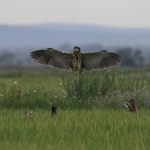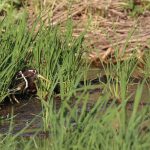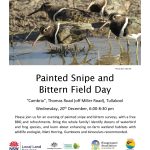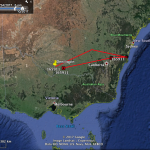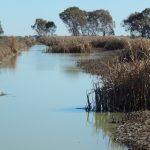We’re delighted to share this new paper, albeit about a sustainability trade-off in rice farming, where saving water undermines successful bittern breeding. You can read the abstract on the link below, or for a copy of the full paper please email: mherring -AT- murraywildlife.com.au
We developed a simple predictive model to identify successful breeding opportunities for the Australasian bittern, helping guide incentives for bittern-friendly rice, and showing how water can be managed for multiple benefits. We found rice fields with ponding by early November, for 149+ days, were best for positive breeding outcomes. We discuss this and other recommendations like adjacent refuges and dedicated patches to fast-track nesting. The Australasian bittern is a wetland enigma, master of stealth and globally endangered, with only about 2000 remaining. Finding nests is a serious challenge so we’re particularly thrilled to have the first in-depth, field-based breeding study published this week.
Huge thanks to all the rice farmers who made the study possible, and to everyone involved in the Bitterns in Rice Project since 2012, especially Neil Bull, Mark Robb, Andrew Silcocks and Anna Wilson. Many organisations have contributed but special credit goes to the Ricegrowers’ Association of Australia, Birdlife Australia, Riverina Local Land Services, the Australian Government’s National Landcare Program, the Threatened Species Recovery Hub, Charles Darwin University and Murray Wildlife.

